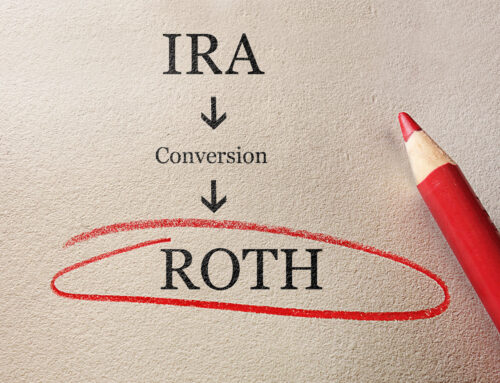It’s often challenging for parents to decide how much to fund their children’s college education without sacrificing their own retirement savings needs. Grandparents can help by funding their grandkids college education and easing the burden on parents to decide between the two. Here are a few investment vehicles to efficiently save for your grandchild’s education that will shield the growth from taxes.
529 Plans
These state-run tax-advantaged savings plans can help pay for your grandkid’s educational expenses. Contributions are made with after-tax dollars, but the growth is tax-free, and withdrawals that are used to pay for qualified educational expenses are free from federal income tax (most states offer similar tax-free withdrawals as well). 529 Plans can also be used to pay for private elementary or secondary school tuition but have a $10,000 limit per child per year.
A way to jumpstart your grandchild’s college savings account is through a strategy called “superfunding”, which offsets your annual gift taxes by bunching five years of gifts at once. The tax laws allow the contribution to be spread out equally over five years. So, for instance if you gifted $100,000, the gift is counted as $20,000 this year and $20,000 for each of the next four years.
Another benefit to grandparents is The Free Application for Federal Student Aid (FAFSA) Simplification Act of 2020, which will not count distributions from the grandparent-owned 529 plan as the student’s income starting as of the 2024–2025 school year.
Coverdell Education Savings Accounts
Coverdell ESAs are trust accounts that can be used to pay for educational expenses, although the maximum contribution is $2,000 per year per beneficiary. After-tax contributions are restricted to certain income levels based on the grandparent’s adjusted gross income (AGI). One nice feature that distinguishes them from 529 Plans is there are no limits on K-12 expenses.




















